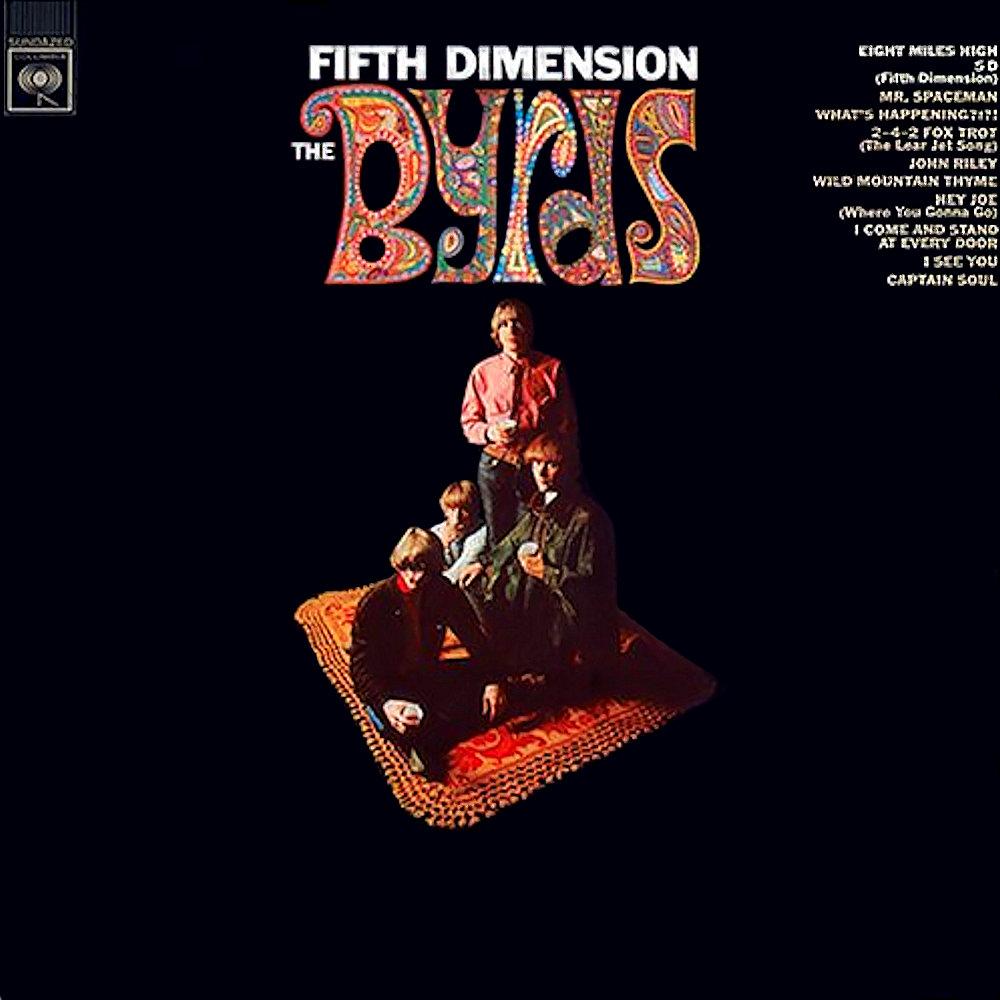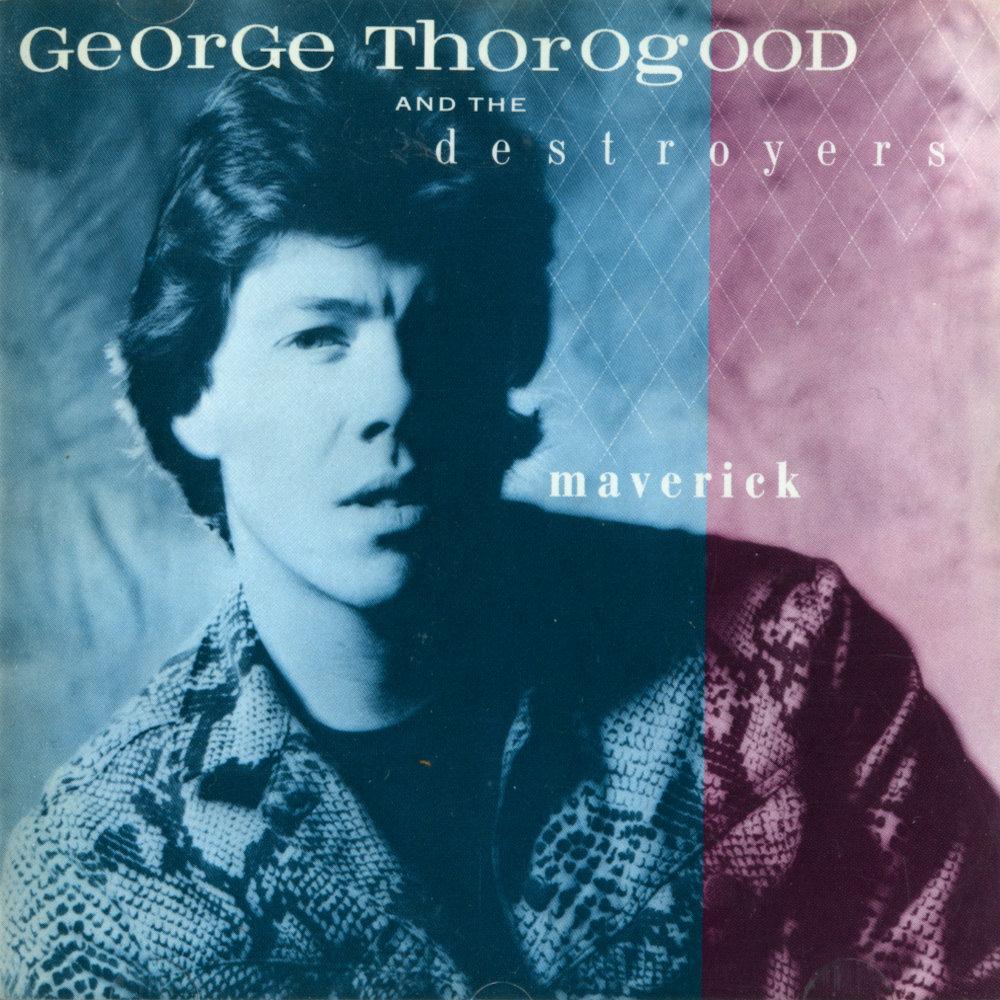
Album Information:
Album ID: 10019
About The Byrds:
The Byrds were an American rock band formed in Los Angeles in 1964. They are considered to be one of the most influential and innovative groups of the 1960s, and their sound was a mixture of folk, rock, and country music. The original lineup of the band consisted of Roger McGuinn on lead vocals and guitar, David Crosby on vocals and guitar, Gene Clark on vocals and rhythm guitar, Chris Hillman on bass guitar and vocals, and Michael Clarke on drums.
The Byrds' first single, 'Mr. Tambourine Man,' was an electrified version of a Bob Dylan song and became a huge hit, reaching number one on the Billboard Hot 100 chart in 1965. The band's first album, also titled 'Mr. Tambourine Man,' was released later that year and became a critical and commercial success, quickly establishing The Byrds as leaders of the emerging folk-rock movement.
The Byrds continued to experiment with different sounds and styles, incorporating elements of psychedelic rock and country music into their music. Their songs often featured intricate vocal harmonies and inventive arrangements. They had a string of hits in the mid-1960s, including 'Turn! Turn! Turn!,' 'Eight Miles High,' and 'So You Want to Be a Rock 'n' Roll Star.'
The band underwent several lineup changes over the years, with McGuinn being the only constant member. Crosby left the band in 1967 to form Crosby, Stills & Nash, and was replaced by Gram Parsons, who introduced a strong country influence to the band's sound. Clark also left the band in 1966, and was replaced by Hillman's friend and fellow country musician, Clarence White.
The Byrds continued to release albums throughout the late 1960s and early 1970s, but their commercial success waned. McGuinn eventually disbanded the group in 1973, and the members went on to pursue solo careers or join other bands.
Despite their relatively short career, The Byrds left a lasting impact on rock music. Their experimentation with different musical styles and their use of vocal harmonies and innovative arrangements influenced countless musicians in the decades to come. They were inducted into the Rock and Roll Hall of Fame in 1991.
About the album Fifth Dimension:
Fifth Dimension is the third album by American rock band The Byrds, released in July 1966. It is often considered a pivotal album in the band’s career, marking a shift towards a more psychedelic sound.
The album opens with '5D (Fifth Dimension)', a psychedelic and experimental track with complex vocal harmonies and distorted guitars. It sets the tone for the rest of the album, which features psychedelic and experimental sounds throughout. 'Wild Mountain Thyme' is a folk song, arranged in a more psychedelic style, with raga-influenced guitar and sitar.
The album also features the hit single 'Eight Miles High', which is considered one of The Byrds' best songs. It begins with a jangly guitar riff and features a hypnotic bass line and intricate drumming. The song’s lyrics are about a plane journey to London, but are often interpreted as being psychedelic and influenced by drug use.
Other highlights of the album include 'I See You', a song with a catchy melody and a guitar solo that sounds like a sitar; 'John Riley', a traditional song with a strong folk influence; and 'Mr. Spaceman', a humorous song about an alien encounter.
Fifth Dimension marks a significant sonic departure for The Byrds, who had previously been known for their folk rock sound. The band embraced a more experimental approach, incorporating elements of psychedelia and Indian classical music. The album’s production is also noteworthy, with innovative use of studio effects and experimentation with multitrack recording.
Overall, Fifth Dimension is a landmark album in the history of psychedelic rock, and a significant album in The Byrds’ career. Its innovative sound and experimental approach influenced many artists in the years to come, and its impact can still be heard in contemporary music today.
Members:
The Byrds were an American rock band formed in Los Angeles, California in 1964. The original lineup consisted of Jim McGuinn, David Crosby, Gene Clark, Chris Hillman, and Michael Clarke. Here are the complete biographies of each member:
Jim McGuinn (born James Joseph McGuinn III on July 13, 1942 in Chicago, Illinois) is an American musician, songwriter, and record producer. He is known for playing the 12-string Rickenbacker guitar and his distinctive singing style. McGuinn founded The Byrds along with Gene Clark and David Crosby in 1964. He served as the band's lead vocalist and main songwriter until they disbanded in 1973. After The Byrds, McGuinn pursued a solo career and released several albums. He also worked as a session musician and record producer.
David Crosby (born David Van Cortlandt Crosby on August 14, 1941 in Los Angeles, California) is an American singer-songwriter and guitarist. He is best known for his work with The Byrds, Crosby, Stills & Nash, and Crosby, Stills, Nash & Young. Crosby co-founded The Byrds in 1964 and played rhythm guitar and provided backing vocals. He also contributed to the songwriting and became known for his elaborate vocal harmonies. Crosby was fired from the band in 1967 due to his increasing drug use and disagreements with other band members.
Gene Clark (born Harold Eugene Clark on November 17, 1944 in Tipton, Missouri) was an American singer-songwriter and guitarist. He co-founded The Byrds along with Jim McGuinn and David Crosby in 1964. Clark served as the band's primary songwriter and contributed lead vocals and guitar work. He wrote many of The Byrds' early hits, including 'Feel a Whole Lot Better' and 'Eight Miles High'. Clark left the band in 1966 to pursue a solo career. He released several albums before his death in 1991.
Chris Hillman (born Christopher Hillman on December 4, 1944 in Los Angeles, California) is an American musician and songwriter. He is best known for his work as a bassist and guitarist for The Byrds and the Flying Burrito Brothers. Hillman joined The Byrds in 1964 as the band's bassist and provided backing vocals. He also contributed songwriting and played guitar and mandolin. Hillman remained a member of The Byrds until they disbanded in 1973. He then formed the Flying Burrito Brothers with Gram Parsons.
Michael Clarke (born Michael Dick on June 3, 1944 in Spokane, Washington) was an American drummer and songwriter. He played drums for The Byrds from 1964 to 1967 and again from 1970 to 1972. Clarke was known for his simple, driving style of drumming and contributed to many of The Byrds' signature songs, including 'Mr. Tambourine Man' and 'Turn! Turn! Turn!'. He left the band in 1967 to pursue a solo career but returned in 1970 for their reunion album, 'Untitled'. Clarke died of liver failure in 1993.
Track List for Fifth Dimension:
Sure! Here are the tracks in order with their play times and descriptions:
1. '5D (Fifth Dimension)' - 2:33: This opening track sets the tone for the album with its psychedelic sound and lyrics that reference alternate dimensions.
2. 'Wild Mountain Thyme' - 2:30: A traditional Scottish folk song, this track features the Byrds' signature harmonies and acoustic instruments.
3. 'Mr. Spaceman' - 2:08: One of the album's standout tracks, 'Mr. Spaceman' is a catchy, upbeat tune about an encounter with an alien.
4. 'I See You' - 2:38: With its driving rhythm and jangly guitars, 'I See You' is a classic example of the Byrds' folk-rock sound.
5. 'What's Happening?!?!' - 2:30: A protest song about inequality and racism, 'What's Happening?!?!' features a more aggressive sound than some of the other tracks on the album.
6. 'I Come and Stand at Every Door' - 3:03: Another traditional song, 'I Come and Stand at Every Door' is a haunting ballad about the aftermath of the atomic bombing of Hiroshima.
7. 'Eight Miles High' - 3:33: A psychedelic masterpiece, 'Eight Miles High' features intricate guitar riffs and surreal lyrics inspired by the Byrds' experiences touring internationally.
8. 'Hey Joe (Where You Gonna Go)' - 2:17: A cover of a traditional blues song, 'Hey Joe' features the Byrds' signature harmonies and folk-rock instrumentation.
9. 'Captain Soul' - 2:53: An instrumental track that showcases the Byrds' musical virtuosity, 'Captain Soul' features intricate guitar work and a driving rhythm section.
10. 'John Riley' - 2:57: A traditional ballad about an Irish soldier, 'John Riley' features the Byrds' trademark harmonies over acoustic guitar and mandolin.
11. '2-4-2 Fox Trot (The Lear Jet Song)' - 2:11: A playful, upbeat track that references the Byrds' penchant for aviation imagery and features some of the album's most intricate guitar work.
Overall, Fifth Dimension is a landmark album that showcases the Byrds' musical versatility and experimental spirit. From folk ballads to psychedelic rockers, every track is a testament to the band's unique sound and vision.
Discography for The Byrds:
Here is a complete discography for The Byrds in chronological order:
Albums:
1. Mr. Tambourine Man - June 21, 1965
2. Turn! Turn! Turn! - December 6, 1965
3. Fifth Dimension - July 18, 1966
4. Younger Than Yesterday - February 6, 1967
5. The Notorious Byrd Brothers - January 15, 1968
6. Sweetheart of the Rodeo - August 30, 1968
7. Dr. Byrds & Mr. Hyde - March 5, 1969
8. Ballad of Easy Rider - November 10, 1969
9. (Untitled) - September 14, 1970
10. Byrdmaniax - June 23, 1971
11. Farther Along - November 17, 1971
12. Byrds - March 7, 1973
Singles:
1. 'Mr. Tambourine Man' b/w 'I Knew I'd Want You' - June 14, 1965
2. 'All I Really Want to Do' b/w 'I'll Feel a Whole Lot Better' - July 12, 1965
3. 'Turn! Turn! Turn! (To Everything There Is a Season)' b/w 'She Don't Care About Time' - October 1, 1965
4. 'Set You Free This Time' b/w 'It Won't Be Wrong' - February 28, 1966
5. 'Eight Miles High' b/w 'Why' - March 14, 1966
6. '5D (Fifth Dimension)' b/w 'Captain Soul' - July 11, 1966
7. 'Mr. Spaceman' b/w 'What's Happening?!?!' - October 10, 1966
8. 'So You Want to Be a Rock 'n' Roll Star' b/w 'Everybody's Been Burned' - January 9, 1967
9. 'My Back Pages' b/w 'Renaissance Fair' - April 3, 1967
10. 'Have You Seen Her Face' b/w 'Don't Make Waves' - May 29, 1967
11. 'Lady Friend' b/w 'Old John Robertson' - August 14, 1967
12. 'Goin' Back' b/w 'Change Is Now' - October 2, 1967
13. 'You Ain't Goin' Nowhere' b/w 'Artificial Energy' - March 18, 1968
14. 'Tribal Gathering' b/w 'Dolphin's Smile' - June 10, 1968
15. 'Jesus Is Just Alright' b/w 'It's All Over Now, Baby Blue' - September 2, 1969
16. 'Chestnut Mare' b/w 'Just a Season' - October 13, 1970
17. 'Glory, Glory' b/w 'Pale Blue' - January 23, 1971
18. 'I Trust' b/w 'Mae Jean Goes to Hollywood' - August 5, 1971
Other releases:
1. 'The Times They Are a-Changin' (Bob Dylan cover) - on the soundtrack album for the film 'The Lolly Madonna War' - 1973
2. 'Postcard from Mexico' - on the compilation album 'History of The Byrds' - 1973
3. 'Full Circle' - on the compilation album 'The Byrds' - 1990
4. 'I'll Feel a Whole Lot Better' (live recording) - on the album 'It's About Time' - 1991
5. 'Turn! Turn! Turn! (To Everything There Is a Season)' (live recording) - on the album 'The Byrds Play Dylan' - 2002
6. 'Mr. Tambourine Man' (Live at Royal Albert Hall, 1971) - on the album 'Live at the Royal Albert Hall 1971' - 2008


 Last Played: 11/01/24 04:37 PM
Last Played: 11/01/24 04:37 PM Last Played: 11/01/24 04:33 PM
Last Played: 11/01/24 04:33 PM